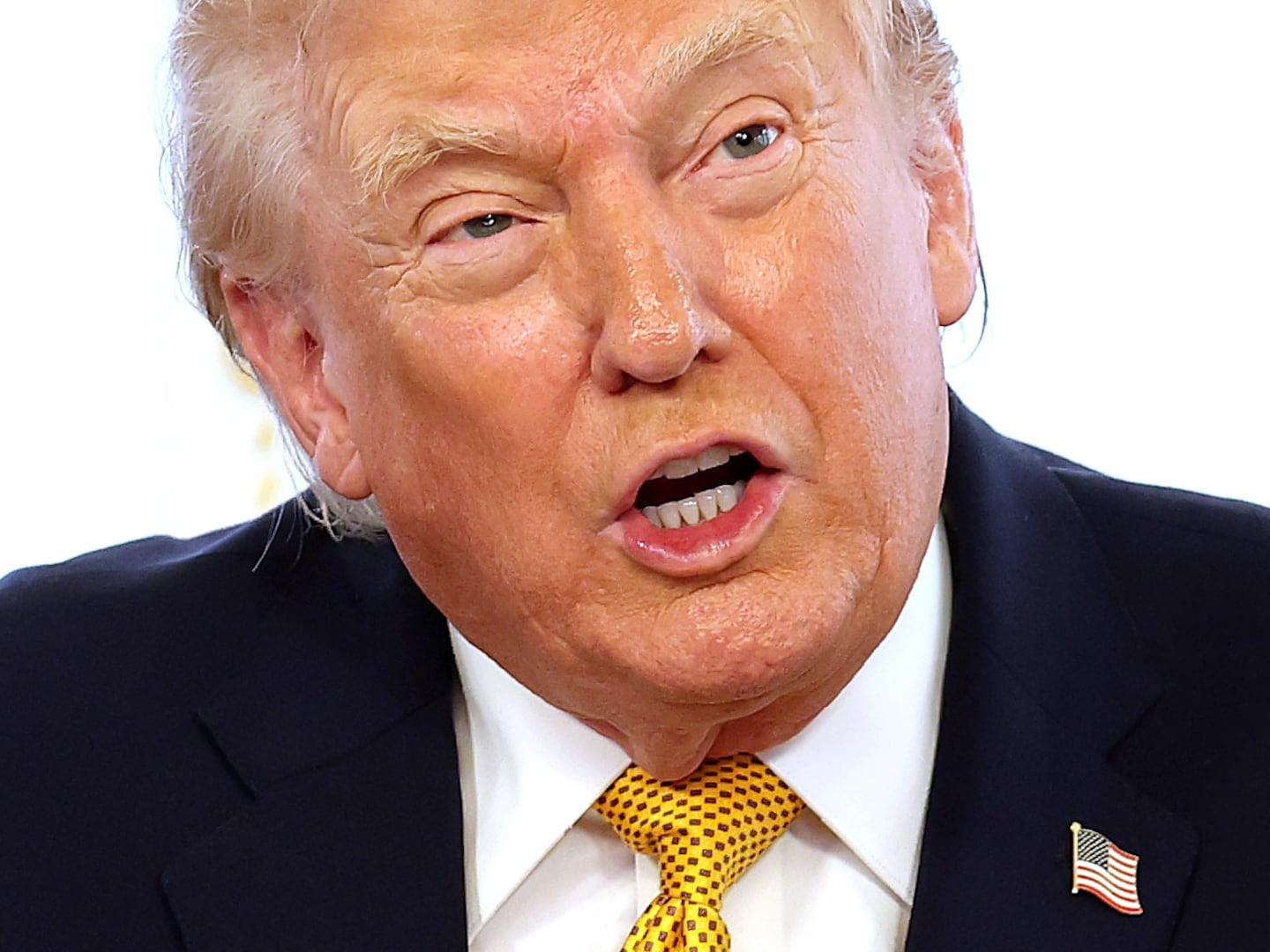Eight states filed suit on Monday to prevent a company led by a “crypto-anarchist” from putting online blueprints for making guns with a 3-D printer. But anyone looking to actually use a 3-D gun has an even bigger issue to contend with: the guns tend to explode.
In 2013, the State Department ordered Defense Distributed founder Cody Wilson not to put the gun designs online on the grounds that they violated rules about exporting weapons. But the Trump administration settled a lawsuit with Wilson over the State Department order last month, setting the stage for him to put the gun blueprints online again on Aug. 1.
The idea of a world of easily printable, untraceable guns has set off alarms for Democrats, prompting the lawsuit from the eight states and the District of Columbia, as well as a letter from more state attorneys general warning about the federal government’s decision to settle. Even President Donald Trump bucked the National Rifle Association’s praise for 3D-printed guns and expressed concern on Tuesday, tweeting that it “doesn’t seem to make much sense.”
Studies of the effectiveness of wholly 3D-printed guns are limited, in part because of the ongoing legal battle over the blueprints.
But plans for 3D-printed guns have been online for a while, despite the government’s intervention against Wilson, and they have tended to produce guns that are expensive to make, difficult to fire, and prone to blowing up in a user’s hands. Anyone looking to commit violence with a gun would find it much easier to use one of the nearly 400 million civil-owned, traditionally made guns already in the United States.
In 2013, for example, the Bureau of Alcohol, Tobacco, and Firearms tested the “Liberator,” a one-shot handgun designed by Wilson’s company. One design made with a weaker plastic shattered, while another managed to fire off a handful of shots.
An amateur test using cheaper material, reported Forbes, ended up firing a few shots shots, albeit after several misfires and a replaced barrel. In a 2014 British test, another 3D-printed gun blew up.
"These guns are of no use to anyone,” an expert involved in the study told the BBC. “They're too unpredictable, and pose probably the greatest danger to the user.”
In 2014, Pennsylvania gunsmith Michael Crumling tried to solve the exploding-gun issue, designing a special kind of ammunition he says prevents explosions.
Even years later, though, Crumling tells The Daily Beast that 3D-printed guns still require special ammunition.
“Without using ammunition similar to mine, they are not reliable,” Crumling wrote in an email to The Daily Beast.
The more reliable alternative would involve mixing a 3D-printed gun with metal parts ordered online. Kits for making traditional guns are far more easily available and cheaper than making an entirely 3D-printed gun online.
“That kinda defeats the purpose of being able to produce every part from scratch,” Crumling told The Daily Beast.






